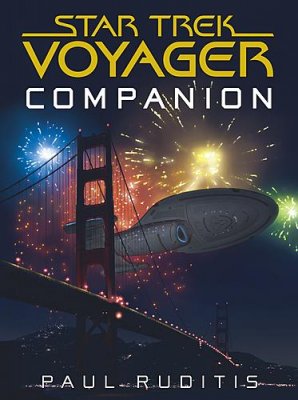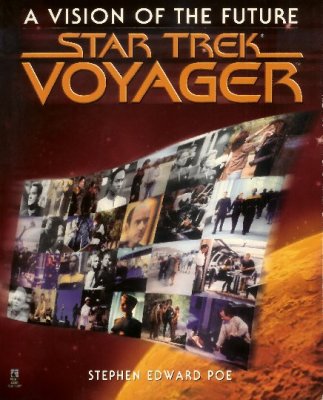Adam Lenhardt
Senior HTF Member
Last night I watched:
- "Nemesis": I didn't love this one. The twist didn't feel earned. At the end of the episode we get an exposition dump that explains that everything in the episode up until the battle where Tuvok intercepts Chakotay was a simulation, but it's not explained how it's a simulation. The unconventional Vori dialect, in which they spoke seemingly via thesaurus, was clearly intended to be seen in retrospect as part of the indoctrination process, and the degree to which Chakotay adopted those speech patterns was clearly intended to measure how much he had succumbed to the programming. The reveal that the Predator-looking aliens were actually the "good" guys was a bit too obvious. I think it would have been a stronger episode if two of the crew had been stranded on the planet, Chakotay with the Vori and the second crew member with the Kradin, and then parallel their journeys from opposing sides of the conflict. Then the episode wouldn't have needed the complication of most of it being a simulation.
- "The Raven": This episode is basically Seven of Nine's origin story, filling in some additional details of her per-assimilation childhood, and providing the conditions for her to let go of her need to be Borg. The most interesting part of the episode for me was Jeri Ryan's performance. She hadn't quite found the character yet, and her speech and body language is a lot softer here than what she would eventually settle on. It's also interesting watching these early Seven of Nine episodes so soon after watching "Picard", in which Seven of Nine has been an individual for far longer than the period she was Borg, and is far more human. In other news, Voyager shuttles are dropping like flies.
- "Scientific Method": I tend to like Star Trek episodes where the starship comes into contact with a technologically superior species, and this was no exception. The premise is extremely creepy: An escalating series of medical mysteries are the result of invisible alien researchers who have been conducting experiments on the Voyager crew for weeks or maybe even months. When Seven of Nine was walking around Voyager with the modification the Doctor had made to her ocular implant, I was reminded of the special sunglasses from They Live. I vaguely remember that TNG also did an episode where Starfleet officers were being experimented on by aliens without their knowledge. But as I recall, that story tapped into our collective alien abduction fears. Somehow, the fact that the experiments here were being conducted on board Voyager, while the unknowing lab rats were fully awake and going about their days, made it even creepier.






